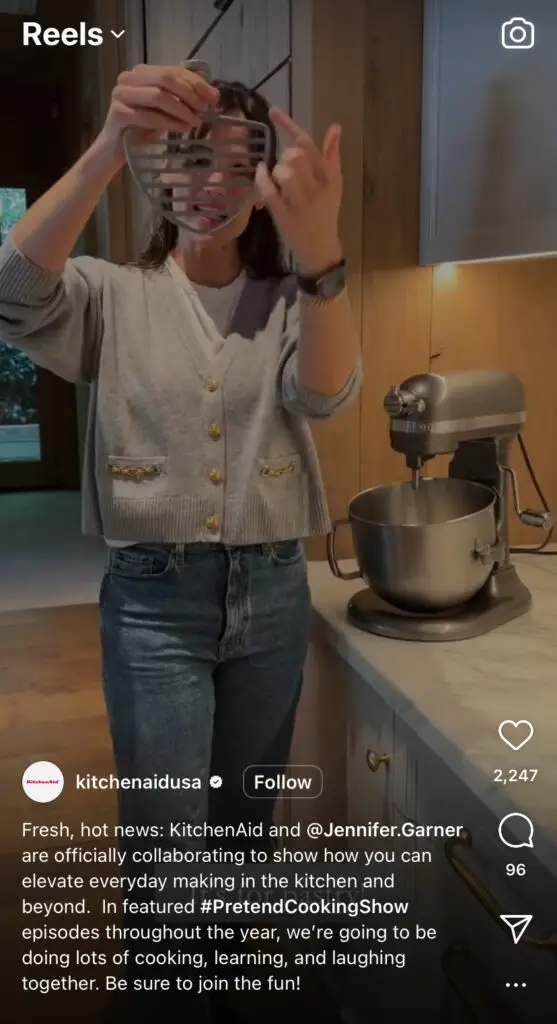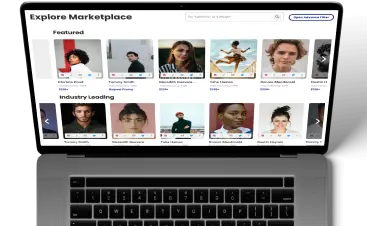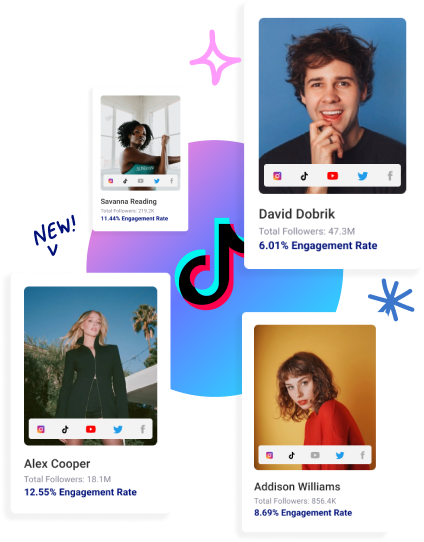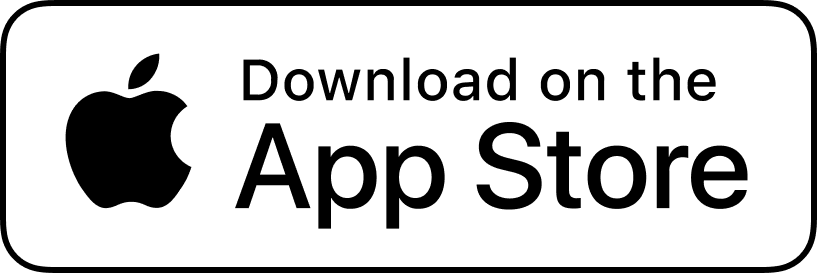What’s influencer whitelisting? What does whitelisting mean in social media and how do you do it?
If these are some questions you have, you’re on your way to upping your influencer marketing game.
One of the most authentic ways to connect with your target audience is to collaborate with influencers and content creators. But you can take things further with influencer whitelisting to maximize the impact.
What Is Influencer Whitelisting?
“Influencer whitelisting” also known as “creator licensing” is a strategic partnership between a brand and an influencer, designed to leverage the influencer’s social media to run ads. Through this collaborative agreement, a brand gets authorized access to an influencer’s social media account to promote paid ads using the influencer’s social media handle. This allows brands to turn influencer-generated content (IGC) into ad content, improve brand reach, and impressions, and access a more targeted audience.
Whitelisting influencer content combines the power of influencer storytelling with paid social advertising to convert your ad strategy into a high-performing acquisition channel. It increases your ROI on ads by 300%
How Does Influencer Whitelisting Work?
So, what is whitelisting in social media and what does it look like in action?
Consider this as an example. A food brand partners with a renowned influencer and gains access to the chef’s Facebook handle. Now when the chef shares his latest recipe, the brand can transform those posts into sponsored ads that appear on Facebook to leverage the chef’s culinary expertise and reach a wider audience interested in their food offerings.


Benefits of Influencer Whitelisting—for Brands
Attention spans are getting shorter and it doesn’t help that Instagram stories disappear after 24 hours. Declining organic reach is a huge concern for marketers. In July 2022, the average organic reach on Instagram stood at 13.51%, a 29% drop from the previous year when it was 19%. Similarly, the organic reach on Facebook dropped from 10.43% to 8.6% over the same period.

This is where marketing best practices like influencer whitelisting come in handy. It’s an efficient strategy that helps you reach a more targeted audience and easily track and measure ROI on ad spend. Here are some key benefits.
-
Take Collaborations to the Next Level with Targeted Reach, More Control, and Customization
Efficiently target specific demographics, enhancing engagement and visibility. Benefit from increased authentic engagement.
Get more control over who sees the whitelisted posts and target non-followers or look-alike audiences to maximize impact.
Optimize performance by making adjustments, like adding CTA buttons, refining ad copy, and making minor content edits (with the influencer’s permission, of course).
-
Create Dark Posts and Refine Content through A/B Testing
“Dark posts” are only visible to a target audience—that may or may not be following the influencer. For example, if you’re seeing ads from a brand you’re not following, that’s a “dark post”. They’re not visible on the influencer’s timeline, page, or Stories. This allows you to develop ad content without burdening influencers with excessive content on their feed.
Dark posts make it easy to run and measure A/B testing. Create multiple variations of an ad, target different audience segments, get detailed performance data for each ad variation, and compare how different user groups respond to various campaign elements. Make data-driven decisions, refine your campaigns, and allocate budgets more efficiently while lowering customer acquisition costs.
-
Easily Track, Measure, and Maximize ROI on Ad Spend
Ad placement allows you to create a transparent system for tracking and measuring ROI. Get insights into how your campaign is performing using social media analytics, monitor the performance of your ads in real time, and see how exactly it impacts your bottom line.
Pro tip: Performance data insights let you compare the ROI of influencer-generated content with your other marketing efforts. Identify what works best and where to allocate your resources for maximum return.
-
Enjoy a Longer Shelf-Life
Whitelisted influencer content enjoys a longer lifespan, crucial for time-sensitive formats like Instagram Stories (which disappear after 24 hours). Anyone who visits the influencer’s page will be able to see your posts, increasing chances for shares, engagement, and even virality.
Influencers may also reshare or repurpose your posts later, reintroducing them to new followers or users who may have missed them the first time.
-
More Opportunities for User-Generated Content
Influencers engage with their audience, responding to comments and questions, increasing chances for more user-generated content (UGC) across multiple social channels. Share, repost, or feature whitelisted posts on your brand’s official social media accounts or website to stimulate engagement and turn influencer followers into potential customers.
Get the chance to tap into the full potential of paid advertising through influencer whitelisting. Take Glossier for example. In 2022, Glossier accomplished an impressive feat by selling its Glossier “You” fragrance bottle through a viral TikTok trend. They strategically used influencer accounts to amplify their paid promotional content.
#glossieryou
Challenges of Influencer Whitelisting—for Brands
But it’s not all unicorns and rainbows. Whitelisting influencer content comes with a cost (literal and metaphoric).
- It costs more for whitelisting content than regular sponsored posts.
- Managing partnerships, tracking performance, and approving content is demanding in terms of time and budget, especially if you’re dealing with multiple influencers.
- Too much whitelisting may compromise the authenticity of your brand and influencer. Overly promotional content sounds forced and may cause influencers to lose the trust of followers, which also damages your brand’s credibility.
- Adhering to legal and disclosure requirements, such as clearly indicating a paid partnership may lead users to question the integrity of the post.
- If the influencer falls into ill-repute due to some controversy, it reflects negatively on your brand.
- You may not have complete control over the content. The influencer may still have creative input, potentially leading to misalignment with brand goals. For this make sure to partner with the right influencers.
Don’t be alarmed. There are ways you can use to avoid some of these pitfalls.
How Do We Work around These Challenges?
Go for creators:
- who are a good fit for your brand and have a track record of delivering results.
- whose values align with your brand values.
- with a loyal following, whose followers have the same ICPs as your target market.
Try and create a long-term partnership strategy with the influencer. Over time the influencer will become more familiar with your brand, product, and values. This translates to more authentic content that resonates with their audience and builds the followers’ trust in the authenticity and integrity of the whitelisted content.
How to Set Up Influencer Whitelisting on Instagram (And Facebook)
Setting up influencer whitelisting for Facebook and Instagram isn’t a complicated process. We’ve laid out the process step-by-step to help you set it up.
First, choose an influencer, discuss terms and specifics, and establish a partnership. Both parties need to have a “Facebook Business Manager account”—make sure your influencer’s Business Manager account is connected to their Instagram handle.
Then the influencer must follow these steps to grant you access:
- Open “Facebook business manager”.
- Go to “Business settings”.
- From there choose “Users” and select “Partners”.
- Tap on the “Add” button, and select “Give a partner access to your assets.”
- Type in the brand’s Business Manager ID and click “Next.”
- Set the permissions for each (Instagram and Facebook) account to “Create ads.”
Now the influencer’s social media accounts are ready for content whitelisting.
But the process doesn’t end here. It’s smart to create an open channel of communication with the influencer to ensure continued goal alignment and content adjustment. Be sure to track ad performance, assess the campaign’s results and ROI, and make necessary improvements.
Pro tip: Connect the influencer’s Instagram account to your Business Manager using “Creator Studio” if it’s not already linked.
Did you know?
Facebook whitelisting ensures that ads served from authorized IP addresses or domains are not blocked by ad blockers on the Facebook platform. However, Instagram Whitelisting allows brands to run paid ads through an influencer’s Instagram account, leveraging influencer-generated content and targeting the influencer’s audience on the Instagram platform, primarily focusing on influencer marketing.
Key Takeaway on Influencer Whitelisting
Start by analyzing others in your industry employing influencer whitelisting. How are they doing it? what works for them? and how are they maximizing influencer whitelisting impact?
Influencer whitelisting is a great augmentation to your long-term marketing strategy—when done correctly and with the right influencers. It unlocks new marketing opportunities for brands while lowering customer acquisition costs, driving higher ROI, and reaching a more targeted clientele.
Join Glewee to streamline the entire process. Discover pre-vetted influencers and creators, take full control of your campaigns, and captivate your audience with trusted whitelisted content.










